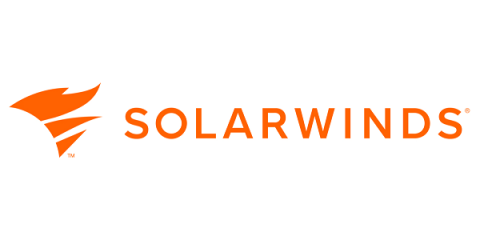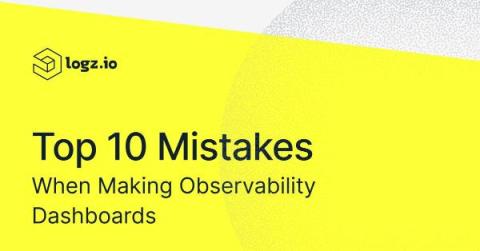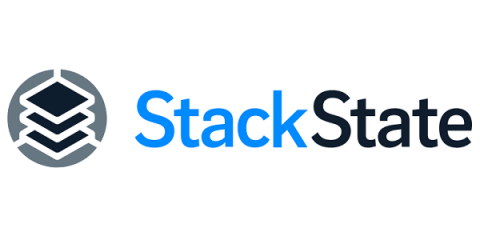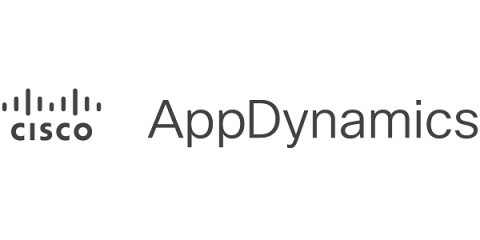Operations | Monitoring | ITSM | DevOps | Cloud
Latest News
LLMs Demand Observability-Driven Development
Our industry is in the early days of an explosion in software using LLMs, as well as (separately, but relatedly) a revolution in how engineers write and run code, thanks to generative AI. Many software engineers are encountering LLMs for the very first time, while many ML engineers are being exposed directly to production systems for the very first time.
Top 10 Mistakes People Make When Building Observability Dashboards
Observability dashboards are powerful tools that enable teams to visualize and monitor the performance, health, and behavior of their applications and infrastructure. However, building observability dashboards is not a straightforward task, and many organizations make common mistakes hindering their ability to gain meaningful insights and respond to issues effectively.
Native OpenTelemetry support in Elastic Observability
OpenTelemetry is more than just becoming the open ingestion standard for observability. As one of the major Cloud Native Computing Foundation (CNCF) projects, with as many commits as Kubernetes, it is gaining support from major ISVs and cloud providers delivering support for the framework. Many global companies from finance, insurance, tech, and other industries are starting to standardize on OpenTelemetry.
Experiments in Daily Work
TL;DR: Sometimes I get hung up in the scientific definition of "experiment." In daily work, take inspiration from it. Mostly, remember to look at the results.
IT Trends Report 2023: Observability advances automation and empowers innovation, yet adoption still in early stages
Correlation Does Not Equal Causation - Especially When It Comes to Observability [Part 1]
One-Click Insights with Board Templates
Whether you’re a new Honeycomb user or a seasoned expert looking to uncover fresh insights, chances are you’ve sent tremendous amounts of data into Honeycomb already. The question is, now what? We have the answer: Board templates. Teams can now create Boards based on pre-built templates that generate visualizations with a single click.
Unlocking IT: Considerations for a Powerful Observability Strategy
In today's cloud-native landscapes, observability is more than a buzzword; it's a critical element for software development teams looking to master the complexities of modern environments like Kubernetes. There’s a multi-faceted nature to observability with all its various levels and dimensions — from basic metrics to comprehensive business insights. It’s complex and can continue indefinitely…if you let it.










